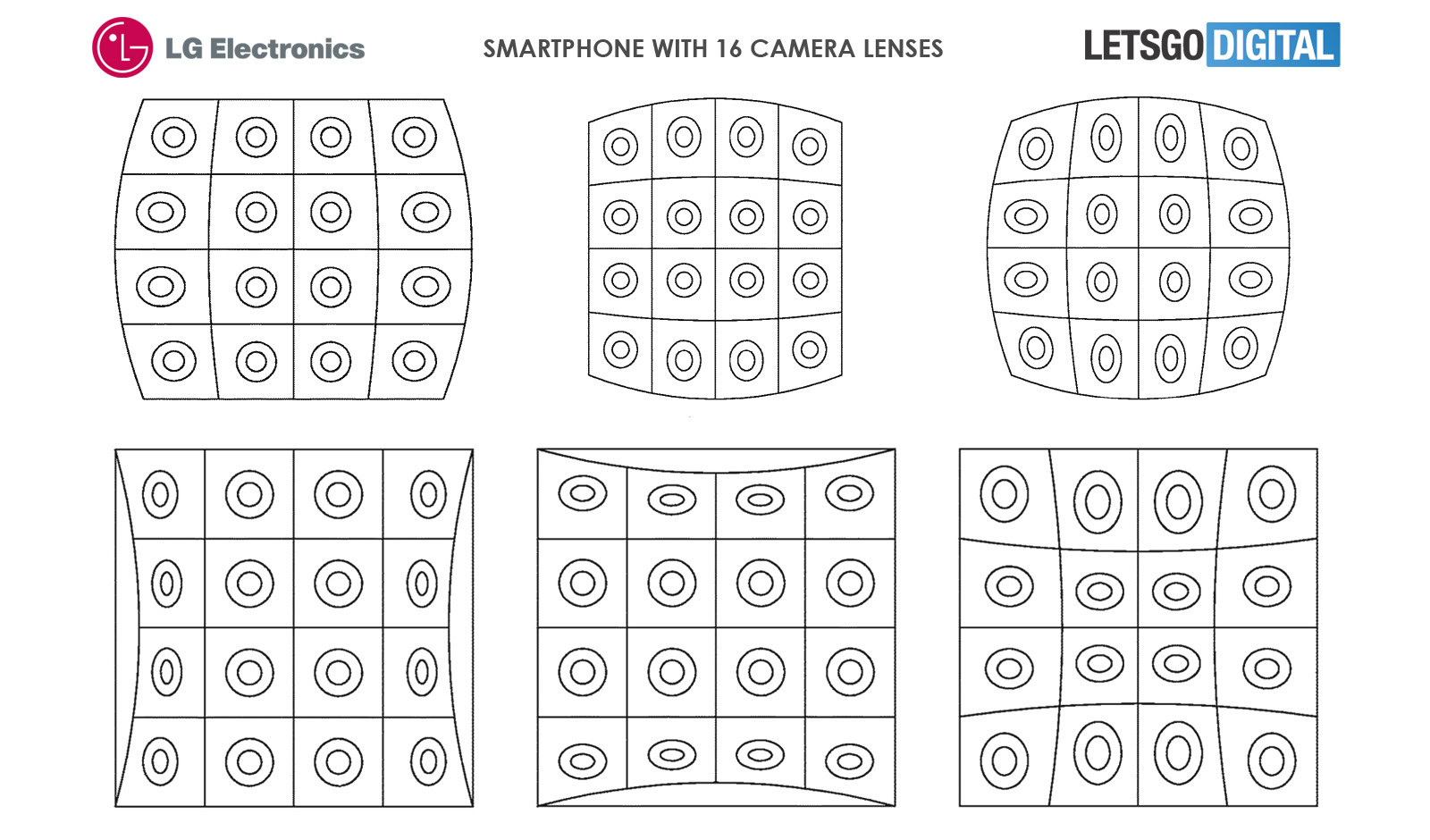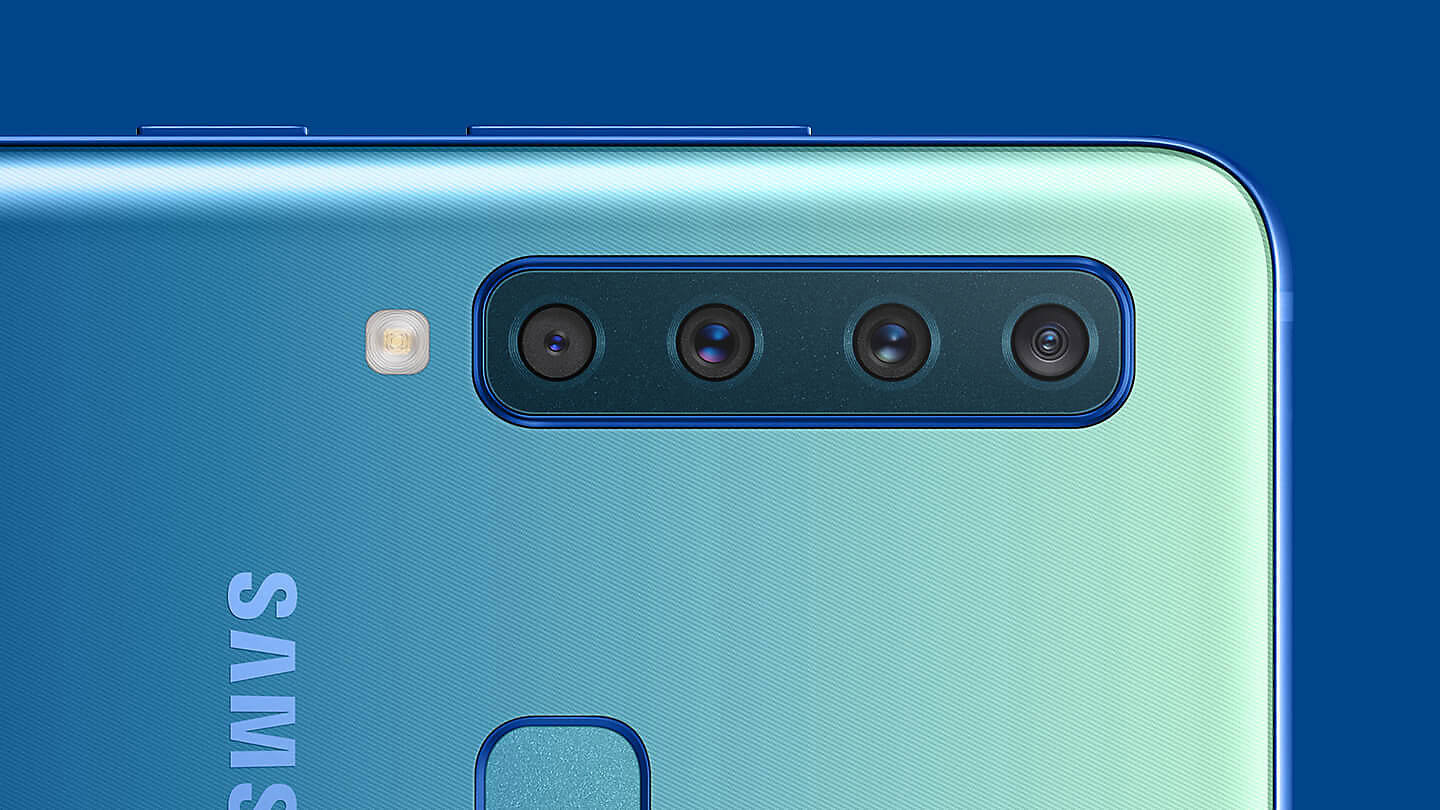Affiliate links on Android Authority may earn us a commission. Learn more.
Thought quad camera phones weren't enough? LG patent reveals 16 camera array

- LG has filed a patent for a smartphone with 16 rear-facing cameras.
- According to the patent, the camera array could be used to take snaps from many angles.
- The array could also allow users to replace sections of a photo with sections from another camera angle.
Thought the leaked penta-lens Nokia phone was overkill? Well, it seems like LG might be planning to one-up HMD Global — or should that be 11-up?
A new LG patent spotted by LetsGoDigital (h/t: Ice Universe) shows a smartphone with 16 cameras on the rear. The cameras are arranged in four rows of four, albeit at differing angles, as seen in the main image. So why would you want 16 cameras on a phone?
According to the patent, the camera array can be used to 3D scan objects, to simply take 16 images from a variety of angles, or to generate “moving images” by combining data from the various cameras. The patent also suggests you can replace sections of a photo with sections taken from a different angle.
It’s all pretty bonkers, but the company has already implemented a couple of these ideas. For example, the “shoot everything at a different angle” approach is already used by LG for its V40 ThinQ smartphone. The V40 is able to capture a variety of perspectives (normal, wide, telephoto) in quick succession via its Triple Shot feature. The company’s latest flagship also lets you create a GIF that transitions between the three perspectives (potentially alluding to capturing “moving images” from various cameras).

What’s more, we’ve seen a device with a 16 camera setup before — albeit with a bigger form factor — with Light’s L16 camera; it isn’t a completely unrealistic concept.
However, one problem LG might encounter were it to try and implement these sensors on a smartphone would be space. The sensors would need to be much smaller than today’s mobile camera sensors in order to fit into a smartphone form factor, and smartphones already have a lot of components crammed into their bodies. Smaller sensors could lead to difficulties in low light shooting too as they aren’t able to gather as much light as larger ones. LG might be able to make use of image fusion and other processing technologies to overcome this hurdle, though.
Despite the possibilities, the big question LG might have to ask itself is simply: are 16 super tiny cameras a step too far? After all, there are already questions about whether two cameras are worthwhile, particularly when you look at what the Google Pixel 3 can do with one camera.
Would you buy a phone with 16 cameras? Let us know in the comments!